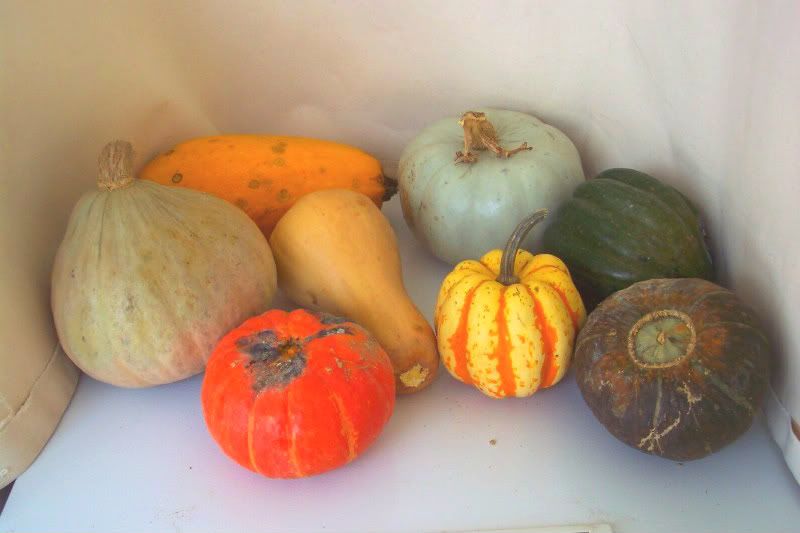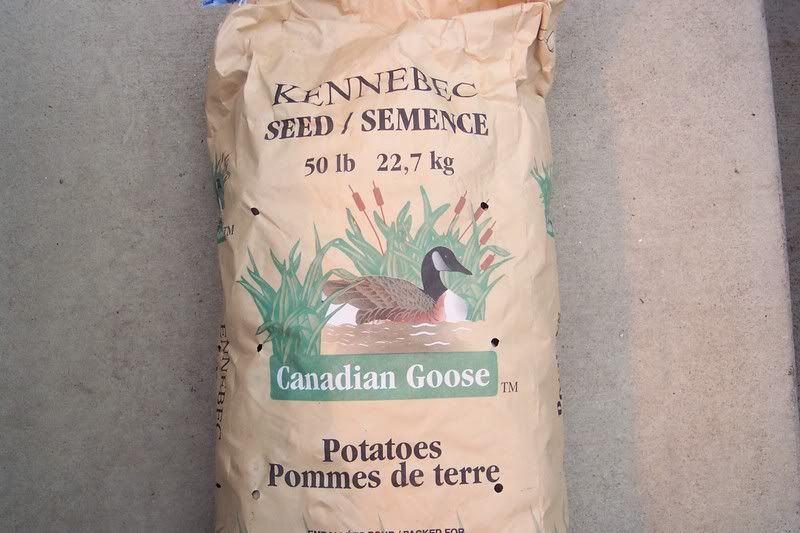While walking through a friend’s garden last week, I noticed a problem just getting started in her cucumber vines.
The leaves were beginning to show signs of Downy Mildew, a fungal disease that often plagues cucumbers. If left untreated, the disease can defoliate an entire crop in just a few days. The developing fruit then become stunted and sun scalded because no leaves are left to provide growing energy for the cucumbers or protection against the direct rays of the sun.
Downy Mildew can be recognized by the appearance of light-green spots on the surface of the leaves. A couple of days later the spots turn yellow and angular following the pattern of the veins on the leaf. The yellow spots die back and turn brown eventually killing the entire leaf.
Spraying a broad spectrum fungicide can help control the disease. There are several conventional and organic sprays out there to choose from.
Today I spotted early signs of Downy Mildew on my cucumbers. I treated it with a potassium bicarbonate product I found last year. I have never used this product but I’ll let you know how it works.
This disease develops more rapidly during periods of high humidity and moisture. By watering your plants early in the morning, you give the excess water time to dry off of the leaves. Watering late in the day keeps the plant from drying completely and creates a humid environment for the disease to progress.
It’s a little late for this season but keep in mind when ordering seeds for next year that some of the newer varieties are resistant to Downy Mildew.
Downy Mildew will attack zuccini and other types of squash as well as melons and other related crops.
Bob





